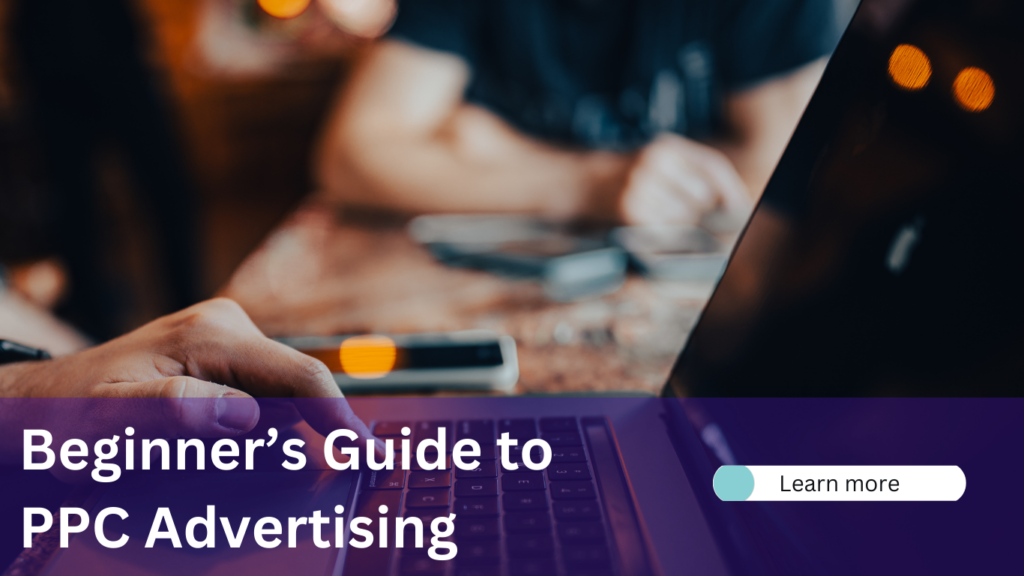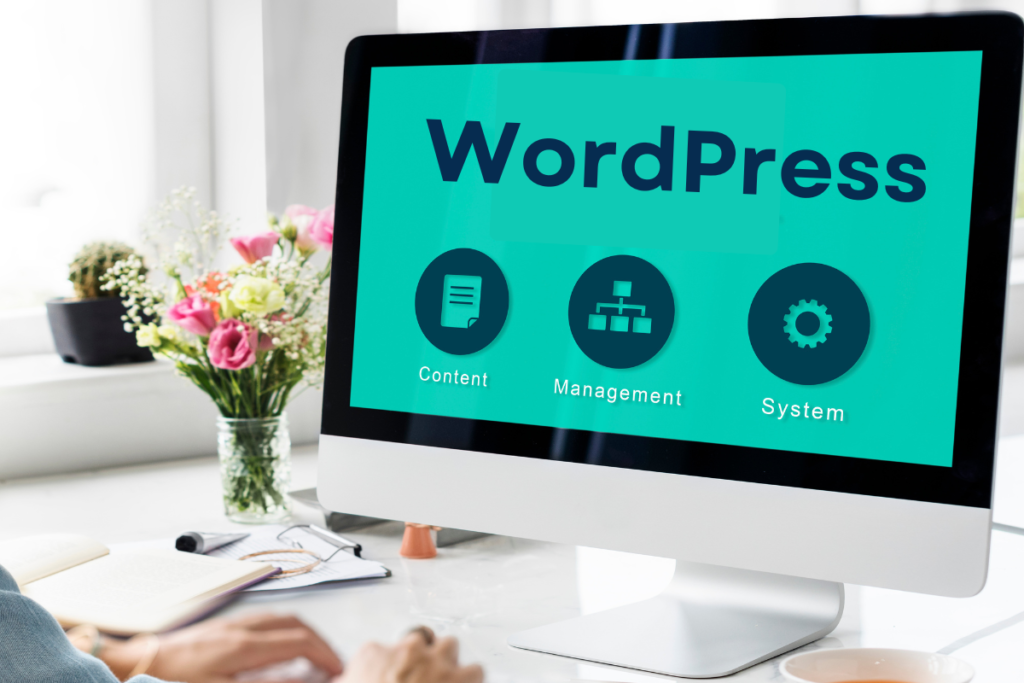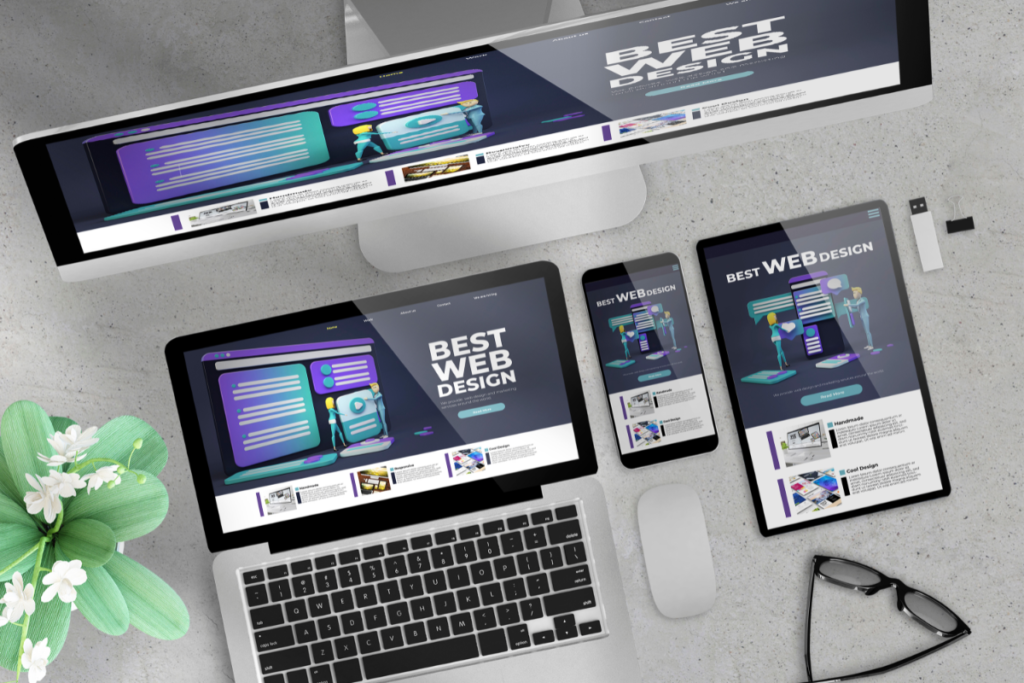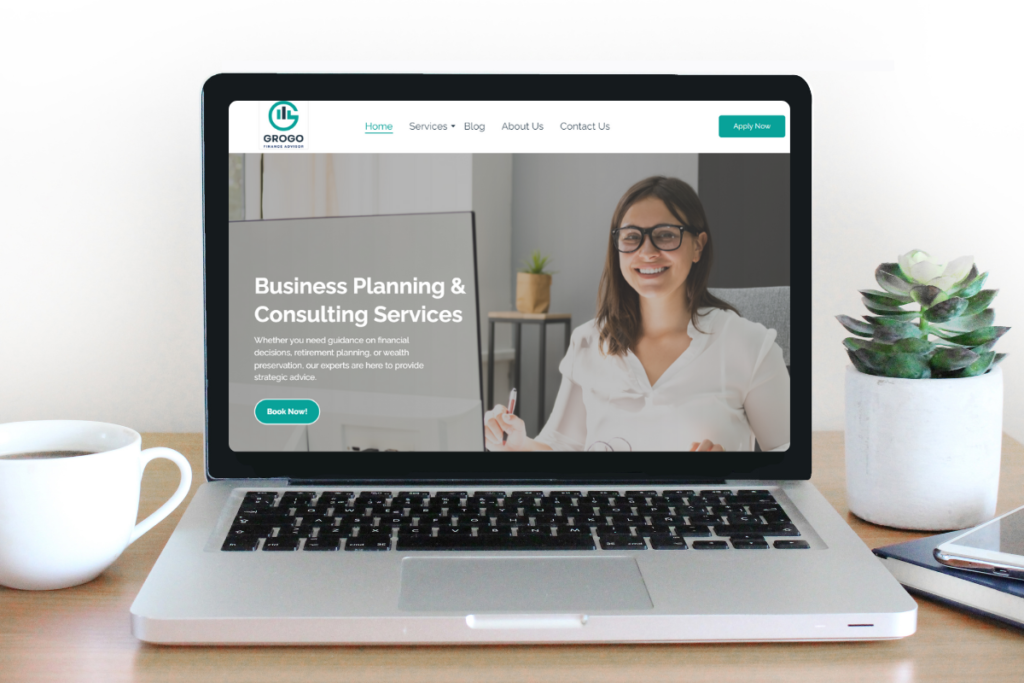Why Do You Need Google Ads for Your Business Growth?
Imagine having your business appear right at the top when potential customers search for products or services you offer. In today’s competitive digital landscape, businesses need a powerful tool to cut through the noise and reach the right audience instantly. This is where Google Ads comes in. Whether you’re a small business or a large enterprise, leveraging Google Ads can help you attract more customers, drive sales, and grow your brand effectively. What are Google Ads? Google Ads is an online advertising platform. It allows businesses to display their ads on Google Search, YouTube, and other websites. Ads appear when people search for related products or services. How Can Google Ads Help Your Business Grow? As a business owner or marketer, your focus is on attracting customers, generating leads, and increasing sales. Google Ads helps you achieve these goals by reaching the right audience at the right time. Here’s how it can benefit your business: 1. Get Your Business in Front of Potential Customers Instantly Your business appears at the top of search results as soon as your campaign goes live. Increased visibility leads to more website visitors and potential customers. Example: A bakery using “best cakes near me” as a keyword can instantly appear at the top when someone searches for it. 2. Generate More Leads and Customer Inquiries Target specific audiences based on location, age, interests, and device type. Avoid wasting money on people who aren’t interested in your products or services. Example: A fitness trainer in Pune can target people searching for “personal trainer in Pune,” leading to more client bookings. 3. Increase Sales for Your E-Commerce Business Drive high-quality traffic to your online store, increasing the chances of conversions. Shopping ads display product images, prices, and reviews, making it easier for customers to decide. Example: A clothing brand advertising “buy summer dresses online” can attract shoppers ready to make a purchase. 4. Increase Sign-Ups, Registrations, and Enrollments Whether for courses, memberships, or events, Google Ads helps you reach the right audience. More visibility leads to increased registrations and subscriptions. Example: A digital marketing course targeting “best online marketing courses” can increase enrollments. 5. Maximize Your Marketing Budget with Cost-Effective Advertising Google Ads works on a Pay-Per-Click (PPC) model, meaning you only pay when someone clicks on your ad. Allows you to set and control your budget based on business goals. 6. Compete with Large Brands Without a Huge Budget Even small businesses can rank at the top by using the right keywords and ad strategies. Compete effectively without needing a massive marketing budget. Example: A local furniture store can appear alongside big brands by targeting “affordable wooden tables near me.” 7. Measure and Improve Your Results in Real-Time Get detailed insights into how your ads are performing. Make data-driven decisions to optimize and improve future campaigns. On average, businesses earn ₹166 for every ₹83 spent on Google Ads. Comparison: Business Using Google Ads vs. Not Using Google Ads Businesses Using Google Ads: Generates consistent leads, inquiries, and online sales by targeting the right audience. Instantly appears at the top of search results, reaching potential customers actively searching for your products or services. Targets customers based on location, age, interests, and behavior, ensuring ads reach the right people. Works on a Pay-Per-Click (PPC) model, meaning you only pay when someone clicks, ensuring a measurable return on investment. Even small businesses can compete with larger brands by bidding on the right keywords. Immediate traffic and conversions as soon as the campaign starts. Provides real-time analytics, allowing businesses to tweak strategies for better performance. Businesses Not Using Google Ads: Relies on word-of-mouth or SEO, which may take months to yield results. Limited visibility, relying only on organic rankings, which take time to build and may not appear on the first page. Cannot specifically target potential customers, leading to missed opportunities. Marketing spend is often unpredictable, and results are harder to measure. Competing with big brands organically is challenging and time-consuming. Organic SEO takes months or even years to show significant results. Difficult to track results accurately, making it hard to improve marketing strategies. Have minimal insights into marketing performance and customer behavior. Face slower business growth due to limited online presence. Real Success Stories: Businesses Growing with Google Ads 1. An e-commerce business worked with Mapplinks to optimize Google Ads campaigns. Over 198 days, their revenue grew from ₹11,90,000 to ₹94,75,000. Their Return on Ad Spend (ROAS) improved from 214% to 239%. 2. ₹4.15 crore in Sales via Google Ads LYFE Marketing helped a business fine-tune its Google Ads strategy. They generated over ₹4.15 crore in sales. This was achieved by refining ad placements and optimizing campaigns. 3. Google Shopping Ads Driving Retail Growth Google Shopping Ads account for 76.4% of retail search ad spend. These ads generate 85.3% of all clicks on retail campaigns. This highlights their effectiveness in driving e-commerce success. 4. High Return on Investment (ROI) for Advertisers Businesses earn an average ROI of 800% from Google Ads. This means for every ₹83 spent, they make ₹664 in revenue. 5. Massive Reach Across Digital Platforms Google Display Network reaches over 90% of internet users worldwide. Ads appear across 2 million+ websites, videos, and apps. Conclusion Google Ads is a game-changer for businesses looking to grow and increase sales. It offers instant visibility, precise targeting, cost-effective advertising, and measurable results. With proven success stories and impressive return on investment, it is one of the most effective digital marketing tools available. Whether you are a small startup or an established brand, leveraging Google Ads can help you stay ahead of the competition and reach more customers efficiently. Ready to grow your business with Google Ads? Contact us today, and let’s create a successful ad strategy for your brand! Frequently Asked Questions (FAQ) Is Google Ads suitable for small businesses? Yes, businesses of all sizes can benefit from Google Ads. Even with a small budget, you can reach potential customers. How much does Google Ads cost? Google Ads
Why Do You Need Google Ads for Your Business Growth? Read More »
Blog













